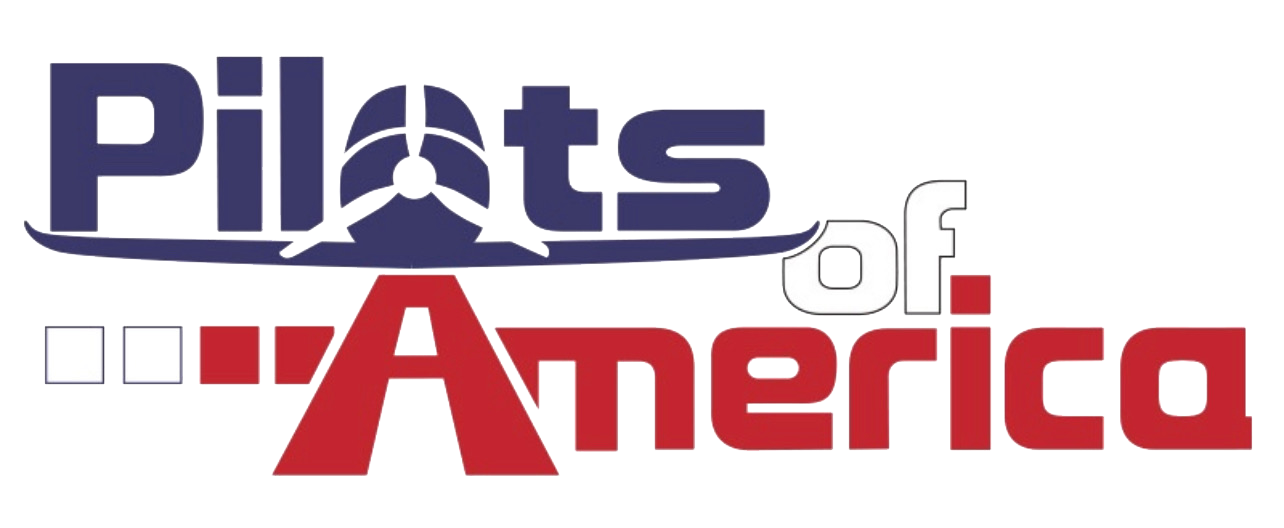Dave Krall CFII
Final Approach
- Joined
- Mar 4, 2005
- Messages
- 5,022
- Location
- Seattle WA
- Display Name
Display name:
Dave Krall CFII SEL SES, Cmcl HELI
copied from 2010 Nall Report page 40-41
Appendix
General Aviation Safety vs. Airlines GA accident rates have always been higher than airline accident rates. People often ask about the reasons for this disparity. There are several:
Variety Of Missions: GA pilots conduct a wider range of operations. Some operations, such as aerial application (crop-dusting, in common parlance) and banner towing, have inherent mission-related risks.
Variability Of Pilot Certificate and Experience Levels: All airline flights are crewed by at least one ATP (airline transport pilot), the most demanding rating. GA is the training ground for most pilots, and while the GA community has its share of ATPs, the community also includes many new and low-time pilots and a great variety of experience in between.
2010 NALL REPORT: APPENDIX
Limited Cockpit Resources and Flight Support: Usually, a single pilot conducts GA operations, and the pilot typically handles all aspects of the flight, from flight planning to piloting. Air carrier operations require at least two pilots. Likewise, airlines have dispatchers, mechanics, loadmasters, and others to assist with operations and consult with before and during a flight.
Greater Variety Of Facilities: GA operations are conducted at about 5,300 public-use and 8,000 private-use airports, while airlines are confined to only about 600 of the larger public-use airports. Many GA-only airports lack the precision approaches, long runways, approach lighting systems, and the advanced services of airline-served airports. (There are also another 6,000 GA-only landing areas that are not technically airports, such as heliports and seaplane bases.)
More Takeoffs and Landings: During takeoffs and landings aircraft are close to the ground and in a more vulnerable configuration than in other phases of flight. On a per hour basis,
GA conducts many more takeoffs and landings than either air carriers or the military.
Less Weather-Tolerant Aircraft: Most GA aircraft cannot fly over or around weather the way airliners can, and they often do not have the systems to avoid or cope with hazardous weather conditions, such as ice.
What Is General Aviation?
Although GA is typically characterized by recreational flying, it encompasses much more. Besides providing personal, business, and freight transportation, GA supports diverse activities such as law enforcement, forest fire fighting, air ambulance, logging, fish and wildlife spotting, and other vital services
Appendix
General Aviation Safety vs. Airlines GA accident rates have always been higher than airline accident rates. People often ask about the reasons for this disparity. There are several:
Variety Of Missions: GA pilots conduct a wider range of operations. Some operations, such as aerial application (crop-dusting, in common parlance) and banner towing, have inherent mission-related risks.
Variability Of Pilot Certificate and Experience Levels: All airline flights are crewed by at least one ATP (airline transport pilot), the most demanding rating. GA is the training ground for most pilots, and while the GA community has its share of ATPs, the community also includes many new and low-time pilots and a great variety of experience in between.
2010 NALL REPORT: APPENDIX
Limited Cockpit Resources and Flight Support: Usually, a single pilot conducts GA operations, and the pilot typically handles all aspects of the flight, from flight planning to piloting. Air carrier operations require at least two pilots. Likewise, airlines have dispatchers, mechanics, loadmasters, and others to assist with operations and consult with before and during a flight.
Greater Variety Of Facilities: GA operations are conducted at about 5,300 public-use and 8,000 private-use airports, while airlines are confined to only about 600 of the larger public-use airports. Many GA-only airports lack the precision approaches, long runways, approach lighting systems, and the advanced services of airline-served airports. (There are also another 6,000 GA-only landing areas that are not technically airports, such as heliports and seaplane bases.)
More Takeoffs and Landings: During takeoffs and landings aircraft are close to the ground and in a more vulnerable configuration than in other phases of flight. On a per hour basis,
GA conducts many more takeoffs and landings than either air carriers or the military.
Less Weather-Tolerant Aircraft: Most GA aircraft cannot fly over or around weather the way airliners can, and they often do not have the systems to avoid or cope with hazardous weather conditions, such as ice.
What Is General Aviation?
Although GA is typically characterized by recreational flying, it encompasses much more. Besides providing personal, business, and freight transportation, GA supports diverse activities such as law enforcement, forest fire fighting, air ambulance, logging, fish and wildlife spotting, and other vital services


 ) Yet, for all that, I don't consider myself nearly as "expert" as some of the posters here.
) Yet, for all that, I don't consider myself nearly as "expert" as some of the posters here. 



